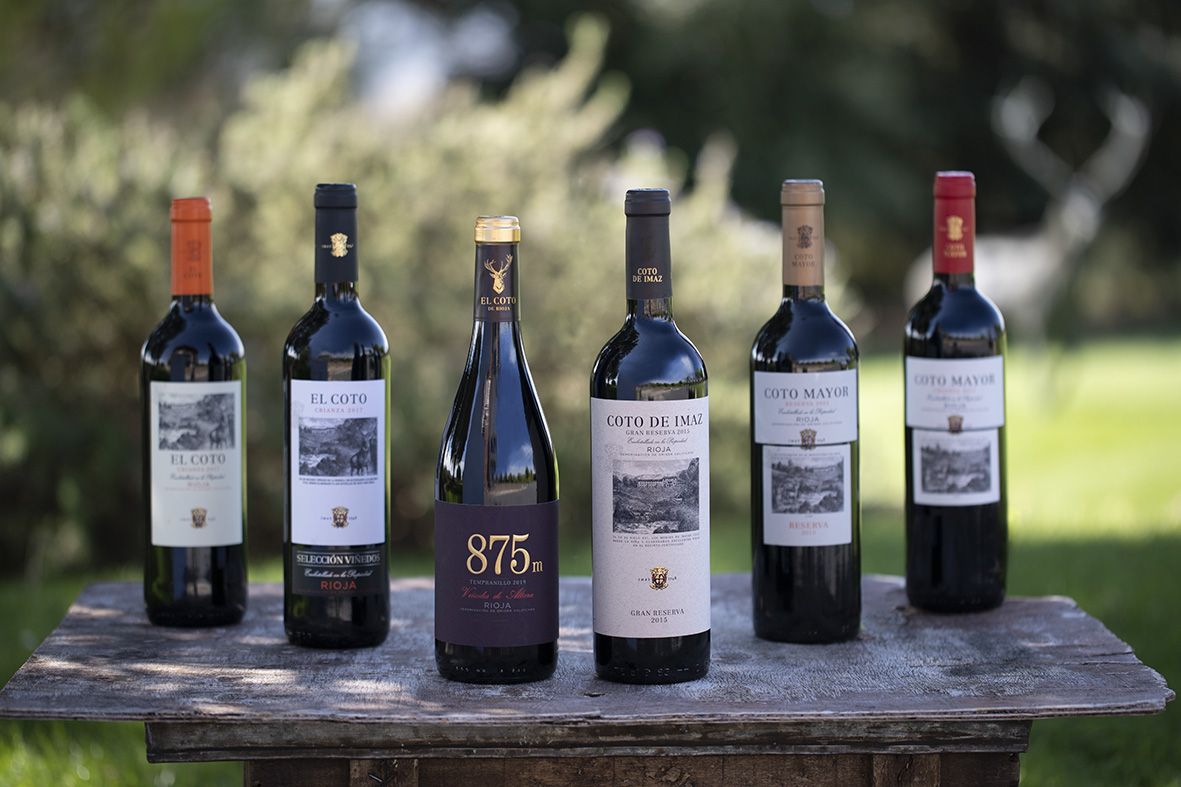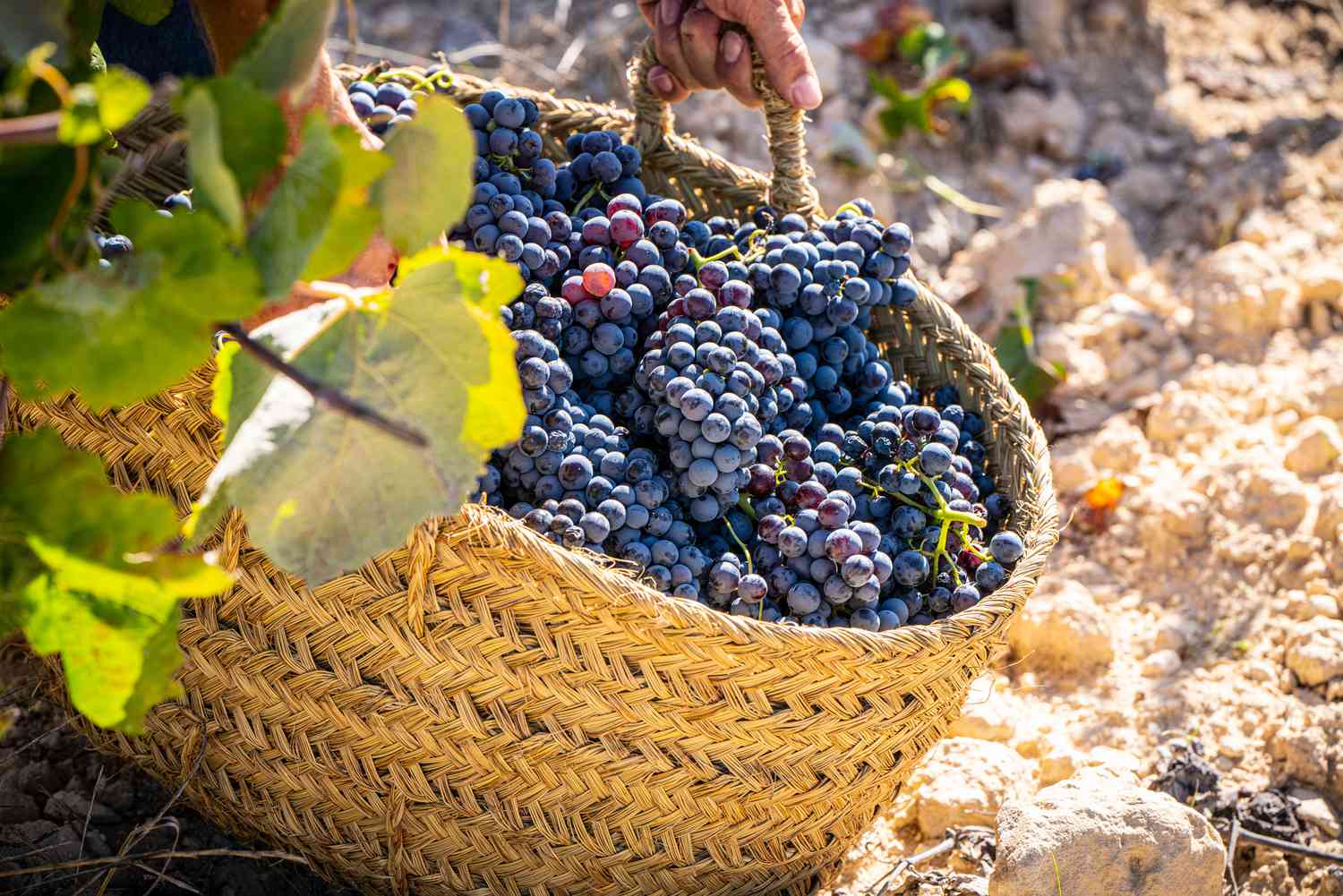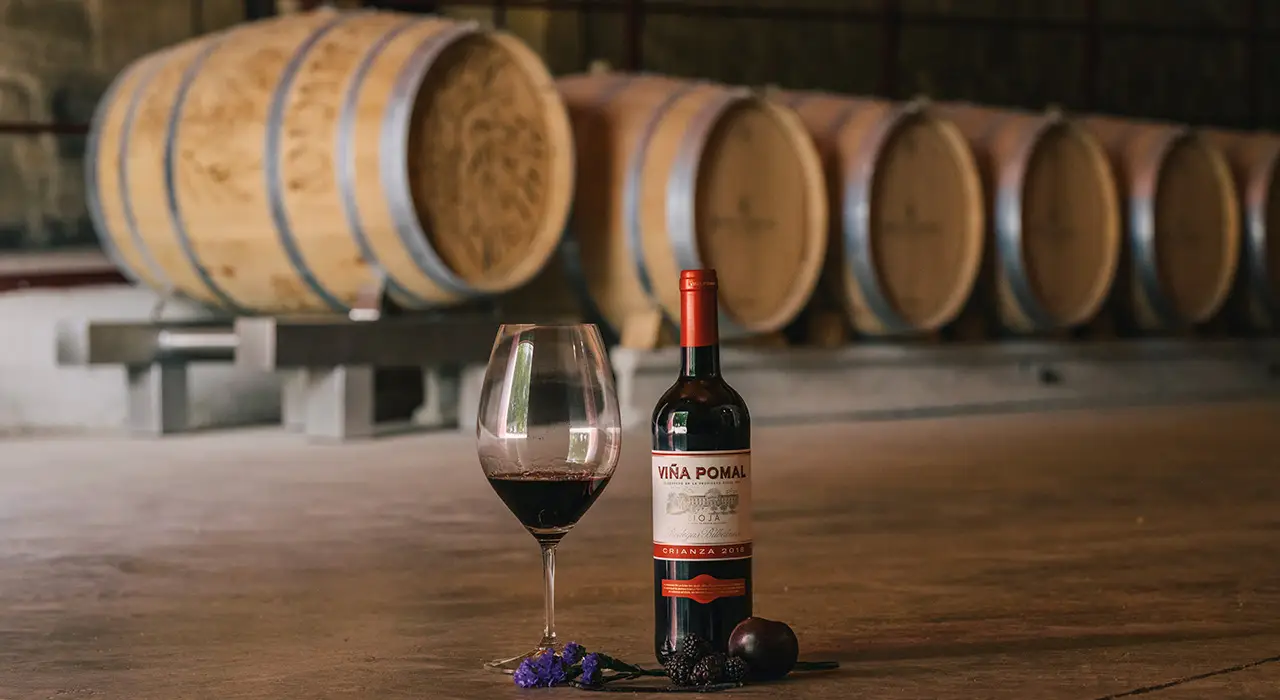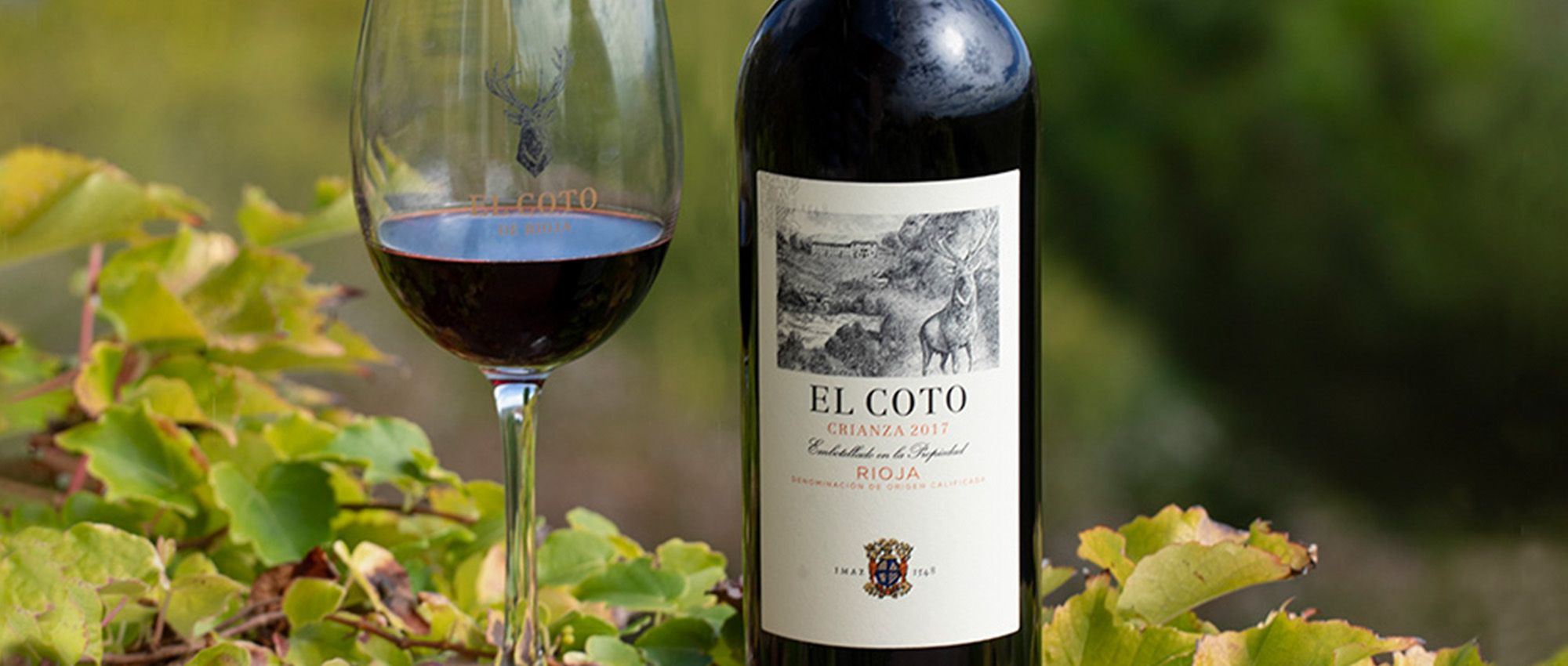Tempranillo stands as Spain’s most celebrated red wine grape, earning its reputation as the backbone of the country’s prestigious wine regions. This remarkable variety has transformed from a local Spanish treasure into one of the world’s most planted wine grapes, ranking fourth globally with over 232,000 hectares under cultivation. The grape’s name derives from the Spanish word “temprano,” meaning “early,” reflecting its characteristic of ripening several weeks before other Spanish red varieties.
What makes Tempranillo truly exceptional is its ability to produce wines ranging from light and fruity expressions to bold, complex masterpieces capable of aging for decades. Unlike more aromatic varieties such as Cabernet Sauvignon or Pinot Noir, Tempranillo possesses a relatively neutral profile that serves as a perfect canvas for winemakers. This versatility allows the grape to showcase terroir and winemaking techniques while developing remarkable complexity through oak aging and blending.
The grape’s journey began on the Iberian Peninsula during Phoenician settlements, establishing deep roots in Spanish winemaking tradition. Today, Tempranillo dominates Spain’s most prestigious wine regions, including Rioja, Ribera del Duero, and Toro, where it creates wines that have gained international acclaim. The variety’s thick skin and natural acidity make it particularly well-suited for extended oak aging, resulting in wines with rich flavors, elegant tannins, and extraordinary aging potential. This combination of historical significance, versatility, and quality has solidified Tempranillo’s position as Spain’s noble grape and a cornerstone of the global wine industry.
The Origins and History of Spain’s Noble Grape

Tempranillo’s history stretches back millennia, with cultivation records dating to the time of Phoenician and Roman settlements on the Iberian Peninsula. The grape is believed to have originated in the Rioja region of northern Spain, where it found ideal growing conditions in the unique climate and soil composition that characterizes this celebrated wine region.
For centuries, Spanish winemakers have recognized Tempranillo’s exceptional potential for producing high-quality wines with remarkable aging capabilities. The grape’s thick skins and naturally high acidity make it perfectly suited for extended oak aging, a characteristic that Spanish producers have masterfully exploited to create some of the world’s most elegant and complex red wines.
Interestingly, Tempranillo was once thought to be genetically related to Pinot Noir, with legends suggesting that Cistercian monks brought Pinot Noir cuttings to Spanish monasteries during pilgrimages to Santiago de Compostela. However, modern ampelographic studies have definitively proven no genetic connection between these varieties, establishing Tempranillo as a distinctly Iberian grape with its own unique characteristics.
Understanding Tempranillo’s Flavor Profile and Characteristics
Primary Flavor Components
Tempranillo wines exhibit a distinctive flavor profile dominated by cherry, dried fig, cedar, and tobacco notes. The grape’s relatively neutral character allows these primary flavors to develop and evolve significantly with age and winemaking techniques. Young Tempranillo wines typically showcase bright red fruit flavors, particularly cherry and strawberry, often accompanied by subtle floral notes.
Evolution Through Aging
The true magic of Tempranillo emerges through aging, where the wine develops extraordinary complexity and depth. At ten years, well-made Tempranillo wines evolve into polished expressions with rich red fruit characteristics. After twenty years of proper cellaring, these wines soften and develop subtle sweetness alongside nutty and dried fruit flavors. The aging process also brings forward Tempranillo’s signature leather notes, along with balsamic suggestions of eucalyptus, olives, rosemary, and mint.
Oak Influence and Terroir Expression
Spanish winemakers traditionally use American oak for aging Tempranillo, which imparts distinctive coconut and dill aromas to the wines. This oak treatment significantly alters the wine’s style, transforming young, fruity expressions into savory, spicy, and leathery masterpieces. The grape’s neutral profile makes it an excellent vehicle for expressing terroir, with different regions producing notably distinct styles despite using the same variety.
Premier Tempranillo Regions and Their Distinctive Styles

Rioja: The Crown Jewel
Rioja remains the most renowned region for Tempranillo production, divided into three distinct sub-regions: Rioja Alta, Rioja Alavesa, and Rioja Baja. Each sub-region produces unique expressions of Tempranillo, with Rioja Alta wines showing stronger color and more aromatic intensity with bright red fruit flavors. Rioja Baja produces wines with lower acidity and more pronounced oak influence.
Ribera del Duero: Power and Elegance
The Ribera del Duero region, known for its extreme climate of “10 months of winter and 2 months of hell,” produces richer, more powerful Tempranillo wines. The region’s hot growing season, combined with sandy clay soils containing chalk-limestone marls, creates wines with intense black cherry and blackberry flavors, complemented by bay leaf, brown sugar, and dried fig notes. Here, Tempranillo is often called “Tinta del País” and may be blended with Cabernet Sauvignon for added structure.
Toro: Hidden Gems
The Toro region, located upstream along the Duero River, produces Tempranillo wines known locally as “Tinta de Toro”. These wines are characterized by robust, grippy tannins and represent excellent value for collectors and enthusiasts seeking to explore beyond mainstream Spanish wines.
Winemaking Techniques and Classification Systems
Spanish Tempranillo wines follow a traditional classification system based on oak aging duration, which significantly impacts the wine’s style and price point. Joven wines receive little to no oak treatment, preserving fresh fruit characteristics. Crianza wines spend a short period in oak, developing initial complexity while maintaining fruit-forward appeal.
Reserva wines undergo at least one year of oak aging, developing the classic Spanish profile of leather, spice, and integrated fruit flavors. Gran Reserva wines, aged for a minimum of two years in oak, represent the pinnacle of Spanish winemaking, showcasing maximum complexity and aging potential.
The grape’s low acidity and sugar content make it ideal for blending, typically comprising up to 90% of Spanish red wine blends. Common blending partners include Grenache, Merlot, and Cabernet Sauvignon, which add structure, color, and complementary flavors.
Food Pairing and Serving Recommendations

Tempranillo’s versatility extends to food pairing, making it one of the most food-friendly red wines available. Traditional Spanish pairings include red meats and ham, but the wine’s adaptability allows for creative combinations with roasted vegetables, smoked pork, seasoned starches, hearty tomato-based pasta dishes, and even Mexican cuisine.
The wine’s earthy notes, ripe fruit flavors, and elegant tannins create harmony with dishes that have depth and complexity. For optimal enjoyment, serve Tempranillo at 60-68°F (15-20°C) in universal wine glasses, and consider decanting for one hour to allow the wine to open and express its full aromatic potential.
Global Impact and Market Significance
Tempranillo’s economic importance to Spain cannot be overstated, with the grape accounting for over 20% of the country’s vineyard area and representing the most planted red variety in Spain. Spanish wine exports have grown steadily, generating over 3 billion euros in revenue in 2020, with Tempranillo wines leading in both volume and value.
The global demand for Spanish wines, particularly Tempranillo expressions, continues rising as consumers seek high-quality wines with an authentic sense of place and tradition. Key export markets include the United States, the United Kingdom, and Germany, where Tempranillo’s reputation for quality and aging potential has established strong consumer loyalty.
Beyond Spain, successful Tempranillo plantings in Argentina, Australia, and California demonstrate the grape’s adaptability to different climates and winemaking styles. These international expressions add diversity to the global Tempranillo while maintaining the grape’s essential character and appeal.


